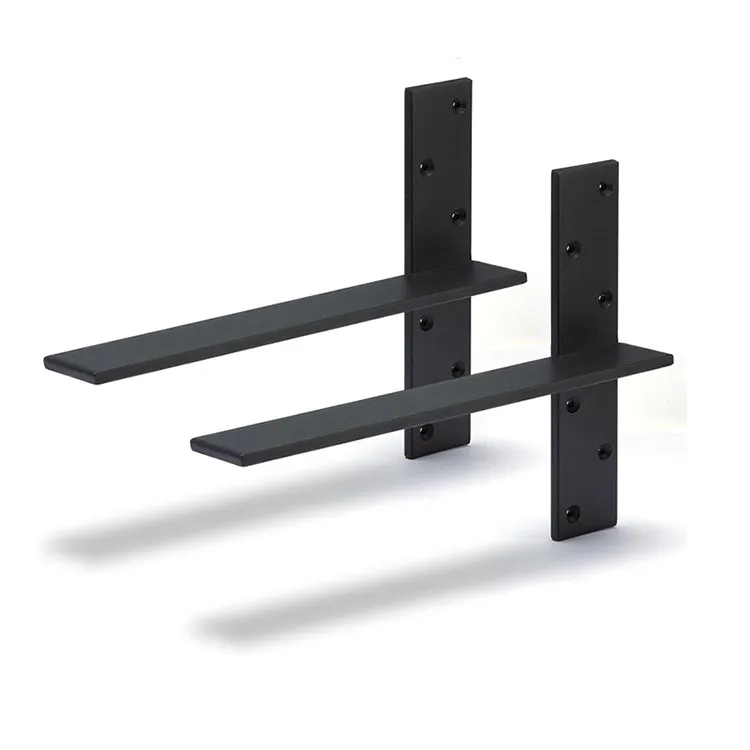How much weight can the steel bracket hold?
2024-10-14
The weight a steel bracket can hold depends on several factors, including:
1. Type of Steel: Different steel grades have varying tensile and yield strengths. For example, structural steel (such as ASTM A36) is commonly used for brackets and has good strength properties.
2. Bracket Design: The design of the bracket—such as its shape, thickness, size, and any reinforcement—greatly influences its load-bearing capacity. A well-reinforced or thicker bracket can hold more weight.

3. Mounting Method: The strength of the fasteners (screws, bolts) and the type of surface (concrete, wood, drywall) where the bracket is mounted play a significant role. A bracket mounted into solid concrete or a stud wall will hold more weight than one mounted in drywall.
4. Load Distribution: The type of load (shear, tension, or bending) and how evenly it's distributed across the bracket affects the weight it can support.
5. Safety Factor: Engineering practices often include a safety factor to ensure the bracket supports more than its rated capacity to account for dynamic forces, fatigue, or other uncertainties.
As a rough estimate:
- A small, light-duty steel bracket can typically hold around 50-200 lbs (22-90 kg).
- Medium-duty steel brackets may support 200-500 lbs (90-225 kg).
- Heavy-duty steel brackets, depending on their design, can hold several hundred to over 1,000 lbs (450 kg or more).
For precise load capacity, manufacturers usually provide weight ratings based on testing, or an engineer can calculate it based on the material properties and design.


